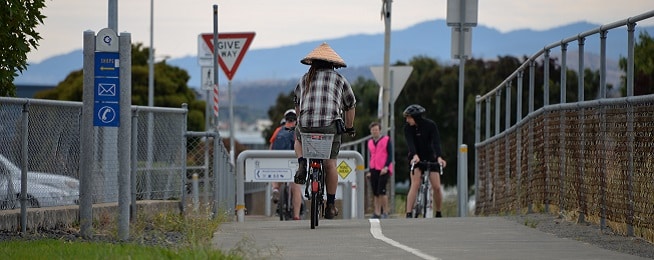Glenorchy Council has approved a Cycling Strategy 2025–30 for the city which focuses on safer crossings and paths to get residents to schools, parks and shopping centres.
This is Glenorchy’s first cycling-specific strategy and comes after public consultation earlier this year found support for safer crossings along the Intercity Cycleway, better east–west connections and safer access to schools and local shops.
Council’s existing capital works budget will be used to roll out signage, line-marking and small-scale projects. Some projects identified in the strategy may be completed as part of other work such as maintenance and renewal to reduce the overall cost.
The strategy also positions the council to be able to apply for state and federal grant funding for projects which are too big for its own capital works budget. The community rated the projects it considered the highest priority and all of these will require external funding.
Proposed cycling routes are classified as primary, secondary, neighbourhood or recreational.
Primary routes will be built for direct, faster riding to act as the spine for the network and secondary routes will connect to destinations such as schools and shops. Neighbourhood routes will access primary and/or secondary routes and recreational routes will be placed in scenic locations.
The existing Intercity Cycleway is considered the primary route, with one of the high priority projects being to extend it from Claremont to Granton.
Other high priority projects include upgrades of the side street crossings along the length of the cycleway and a shared path alongside Humphreys Rivulet.
A total of 20 projects are prioritised, with the Zinc Link between Moonah and Derwent Park using the disused rail spur and a recreational trail around Dowsing Point rounding out the top 5.
Other actions listed in the strategy to be achieved within the next five years include:
- more bicycle parking
- trial a protected cycleway on Terry Street in Glenorchy
- lobby for means-tested e-bike subsidies
- coordinating with the state government to deliver cycling infrastructure as part of its northern transit corridor and ferry network work
- ensure new developments and subdivisions align with the plan and include end-of-trip and bicycle parking where relevant.
You can read the cycling strategy via www.gcc.tas.gov.au/council/documents-and-publications/reports-plans-and-resources/
Or become our friend and subscribe to receive our fortnightly newsletter.


